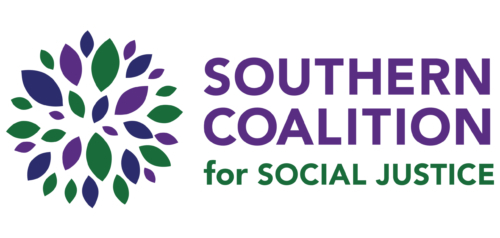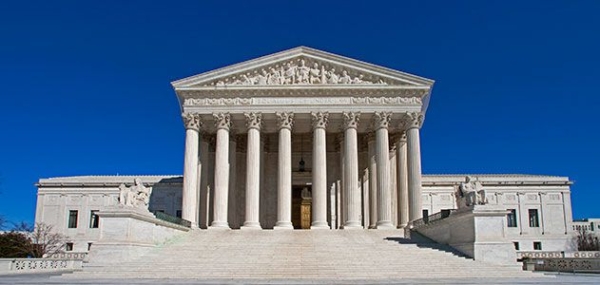The U.S. Supreme Court ruled last week that New York’s gun licensing system, “which issues public-carry licenses only when an applicant demonstrates a special need for self-defense,” violates the Second Amendment.
This decision comes as we grapple with a spate of mass shootings in our nation, including the devastating Buffalo and Uvalde massacres. It also raises questions about safety at the polls.
While the decision in New York State Rifle & Pistol Association, Inc. v. Bruen unequivocally allows states to protect poll workers at polling places — a laudable development — Justice Clarence Thomas’ discussion about “sensitive places” in the majority opinion nonetheless raises concerns.
He writes, “Although we have no occasion to comprehensively define ‘sensitive places’ in this case, we do think respondents err in their attempt to characterize New York’s proper-cause requirement as a ‘sensitive-place’ law.”
The Court’s decision highlights polling places as an example of a sensitive place where guns can be restricted. This logic should naturally extend to include the full list of places where the work of our democracy is carried out, such as County Boards of Elections offices and canvassing sites. But by not deliberately and “comprehensively” defining sensitive places to include these locations, many states may not interpret the Court’s decision to include them. This omission could put election officials and the voters they serve at further risk.
“Our democracy doesn’t just happen at polling places — look at the testimony of the poll workers at this week’s January 6th hearing,” said SCSJ Co- Executive Director and Chief Counsel for Voting Rights Allison J. Riggs. “A ruling that hamstrings the ability of states to protect the people who run elections does just as much to risk the safety of voters and our democracy as a whole. We will continue fighting for states to implement policies ensuring our democratic systems are protected.”

